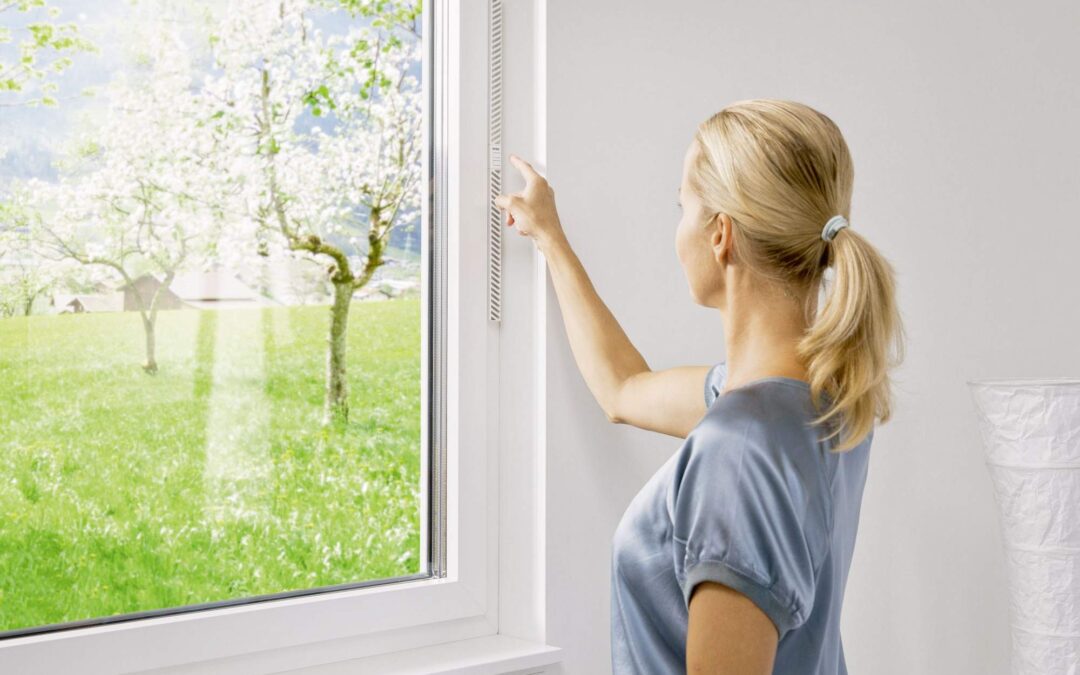Proper ventilation is essential for maintaining a healthy and comfortable living environment in your home. Windows play a crucial role in providing adequate airflow, regulating indoor temperature, and reducing humidity levels. Choosing the right window size for proper ventilation can significantly impact the overall quality of your indoor air and living experience. In this blog post, we will discuss various tips and factors to consider when selecting the ideal window size for optimal ventilation.
Understand the Importance of Proper Ventilation
Before diving into the tips for choosing the right window size, it’s essential to understand why proper ventilation is crucial for your home.
Indoor Air Quality
Adequate ventilation helps maintain good indoor air quality by allowing fresh outdoor air to enter your home and diluting indoor air pollutants, such as volatile organic compounds (VOCs), allergens, and moisture.
Temperature Regulation
Proper ventilation can help regulate indoor temperature by allowing hot air to escape and cooler air to enter, reducing the need for air conditioning and lowering energy costs.
Humidity Control
Ventilation is essential for controlling indoor humidity levels, preventing mold and mildew growth, and protecting your home’s structural integrity.
With these benefits in mind, let’s explore the tips for choosing the right window size for proper ventilation.
Assess Your Home’s Ventilation Needs
The first step in selecting the ideal window size for ventilation is to assess your home’s specific needs. Consider factors such as room size, layout, and existing ventilation sources when determining the appropriate window size.
Room Size
Larger rooms typically require more substantial windows or multiple smaller windows to provide adequate ventilation. As a general rule, the total window area should be at least 10% of the floor area for proper airflow.
Room Layout
The layout of your home can impact the effectiveness of your windows in providing ventilation. Ideally, windows should be placed on opposite or adjacent walls to facilitate cross-ventilation, allowing fresh air to enter from one side and stale air to exit from the other.
Existing Ventilation Sources
Consider any existing ventilation sources in your home, such as vents, exhaust fans, or other windows. These sources can help supplement your window ventilation, potentially reducing the need for larger or additional windows.
Choose the Right Window Style for Ventilation
The style of your windows can significantly impact their ability to provide proper ventilation. Some window styles are more effective at promoting airflow than others.
Casement Windows
Casement windows, which are hinged on one side and open outward, are excellent for promoting ventilation. They can be opened fully, allowing maximum airflow and facilitating cross-ventilation when placed on opposite or adjacent walls.
Double-Hung Windows
Double-hung windows, featuring two vertically sliding sashes, can also provide effective ventilation. Opening both the top and bottom sashes simultaneously allows hot air to escape through the top opening while drawing in cooler air through the bottom opening.
Awning Windows
Awning windows, hinged at the top and opening outward, can provide ventilation even during light rain. They are ideal for rooms with limited wall space, as they can be placed higher on the wall while still allowing for airflow.
Consider Window Placement
In addition to window size and style, the placement of your windows can impact their effectiveness in providing proper ventilation.
Optimize Cross-Ventilation
As mentioned earlier, placing windows on opposite or adjacent walls can help facilitate cross-ventilation, improving overall airflow in your home.
Take Advantage of Natural Breezes
When selecting window placement, consider the prevailing wind direction in your area. Placing windows on the side of your home that receives the most consistent breezes can help maximize natural ventilation.
Utilize High and Low Windows
In multi-story homes or rooms with high ceilings, consider installing windows at both high and low levels. This can promote a natural convection effect, drawing cool air in through the lower windows and allowing hot air to escape through the higher windows.
Choosing the right window size for proper ventilation is essential for maintaining a healthy, comfortable, and energy-efficient living environment in your home. By assessing your home’s ventilation needs, selecting the appropriate window style, and considering window placement, you can ensure that your windows effectively promote airflow and contribute to the overall quality of your indoor air. Take the time to carefully evaluate your options and consult with a professional if needed to make the best decision for your home’s ventilation requirements.

